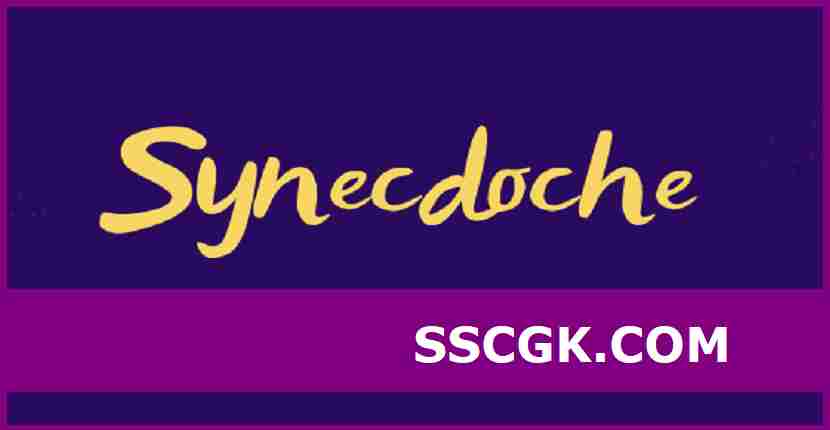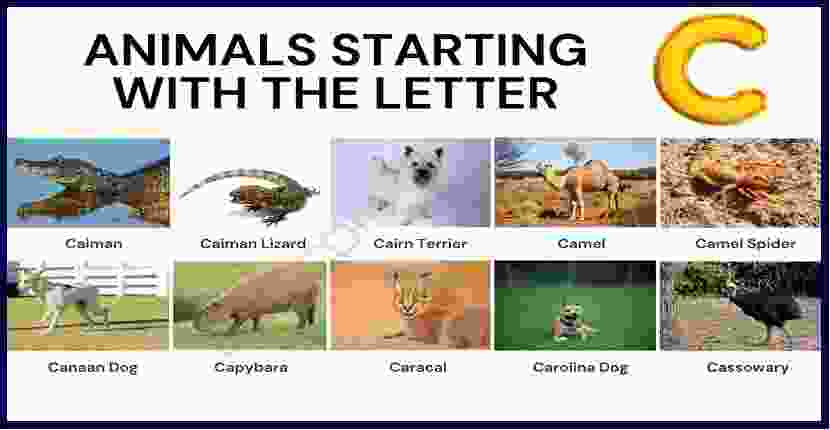Synecdoche:-
Definition and Examples of Synecdoche in Speech and Literature
Synecdoche definition! There are many types of figurative language found when listening to spoken English or reading an English text. One of these types of language is called Synecdoche. But what exactly is synecdoche and how is it used? In this article, we are going to be looking at what synecdoche is and how it is used in both spoken language and as a literary device. We will also be looking at several examples of times in which synecdoche can be used in daily conversation and of times where it has been used in a written piece.
Synecdoche Definition
What is synecdoche?
Synecdoche is a type of figure of speech which is used very commonly in the English language. It is most simply described as replacing a whole with a part when referring to something such as an item, situation or place, amongst other things. A good example of this is that the alphabet may be referred to as ABCs.
Synecdoche can be used as a literary device in order to refer to a whole by just referencing a part of that thing. It is a way to both simplify and add complexity to a piece of writing depending on how you view it.
सीनेकड़की भाषा के उदाहरण-
The use of synecdoche is clearly apparent in day to day spoken English, it can be heard frequently in a variety of conversations. We are now going to look at examples of common forms of synecdoche that you are likely to hear in a conversation.
The term ‘bread and butter‘ refers to all the things that one can buy with their wages, for example ‘he is out earning the bread and butter.’
‘He is a grey beard.‘ the term grey beard refers to an old man.
The word ‘suit‘ or ‘suits‘ refer to businessmen, for example ‘the suits are coming to do the yearly audit.’
When we hear the word ‘boots‘ it can often refer to soldiers, for example, ‘the boots are in battle.’
The word ‘coke‘ can refer to any brand of fizzy pop with a Coke Cola flavour, for example ‘I will have a coke.’
Spectacles can be referred to by their lenses when we use the word ‘glasses.’
The word ‘wheels‘ can refer to a whole car, for example ‘I have just brought a new set of wheels.‘
When we use the word ‘sails‘ we are talking about an entire ship, for example ‘he loved nothing more than spending time on the sails.’
In the earlier post you have read about Antithesis Definition in detail .
Synecdoche:-
‘Let’s have a glass of bubbly to celebrate.’ The term ‘bubbly‘ refers to champagne.
The term ‘hired hands‘ refers to the staff or workers, for example, ‘the hired hands completed the work in record time.’
The term ‘John Hancock’ can refer to a signature, for example, ‘can you put your John Hancock on this form please.’
The word ‘plastic‘ can be used to talk about a credit card, for example, ‘I will put this on my plastic.’
‘He loves to tickle the ivories‘ the word ‘ivories‘ refers to the piano because piano keys used to be made from ivory.
Cutlery is referred to as silverware, for example, ‘can you put the silverware on the table.’
Gossip is often referred to as ‘wagging tongues.’ For example, ‘the women are forever wagging tongues.’
Examples of Synecdoche in Written Language-
In literature, we see many types of figurative language, and synecdoche is a good example of this. Writers will often use synecdoche in texts such as fictional stories, poems and songs. We are now going to take a look at some examples of times in which synecdoche has been used as a literary device.
In The rime of the ancient mariner written by Samuel Taylor Coleridge there is an example
of synecdoche in the line ‘the western wave was in flame.’ He uses the term western wave to
refer to the entire ocean.
In William Shakespeare’s Sonnet 116, he uses an example of synecdoche in the line ‘the ever
fixed mark’ with which he is referring to a lighthouse.
‘The hand that mocked them.’ is a line from Ozymandius written by Percy Bysshe Shelley in
which synecdoche is used by using the word hand to refer to the sculptor.
Synecdoche:-
In The secret sharer written by Joseph Conrad, we can see a synecdoche example when he
uses the word ‘whiskers’ to refer to the entire face of a character.In The lady or the tiger by
Frank R Stockton we can see an example of synecdoche when he uses the word faces to refer
to people in the line ‘a sea of anxious faces looked at me.’
In T S Eliotts ‘The lovesong of Alfred Prucock’ we can see an example of synecdoche when he
refers to people as their body parts. ‘Prepare your face to meet faces you will meet and have
time for the works of hands.’
In the song ‘where are the arms’ by Gabriel Kahane, there is a good example of synecdoche in
the title where the term ‘arms’ refers to the strength of a lover. He also uses the word ‘heart’ to
refer to the lover as a whole.
We can see an example of synecdoche in the Holy Bible in the line ‘the feet that bring good
news are beautiful.’ The feet is a reference to the person delivering the good news.
In the play Julius Caesar written by William Shakespeare, we see an example of synecdoche
is used when the word ‘ears’ is used to represent attention, the line reads ‘friends, countrymen
and Romans, lend me your ears.’
Conclusion
In this article we have looked further into the meaning of synecdoche and how it can be used,
by doing this we have discovered that this type of figure of speech uses a part of something to
refer to the whole. This can be when talking about many things such as objects, concepts,
places or people. Synecdoche is a very common type of figurative language and we can
frequently see the use of it in both day to day conversation and within written works in literature.



